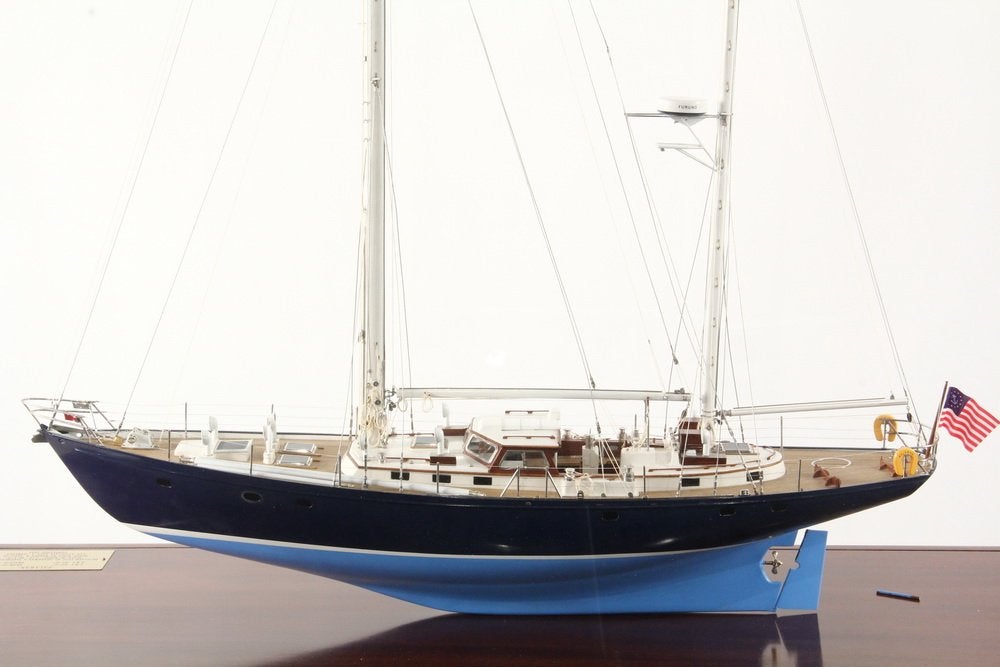
NEW YORK — You don’t have to live on the coast or an island like Nantucket to have an appreciation for nautical antiques, although it helps, since a collection of this type seems quite comfortable in a weathered seaside home. But as is the case with any well-designed antique, model boats — in particular — can add charm to any home.
Model boats come in many forms including pond boat hulls, some measuring up to 6 feet in length; cased half hulls, replicas of schooners, frigates and yachts set on a stand or inside a glass bottle; dioramas, and miniatures of famous ships like the USS Constitution and RMS Titanic.
Many of today’s buyers tend to purchase model boats as decorative objects, but there are always scholarly collectors who also admire them for their history. “Antique and fine quality ship models are still acquired by our older generations who admire the quality and accuracy of the craftsmanship involved in building them,” says Joe Elder of Skipjack Nautical Wares & Marine Art Gallery in Round Pond, Maine.
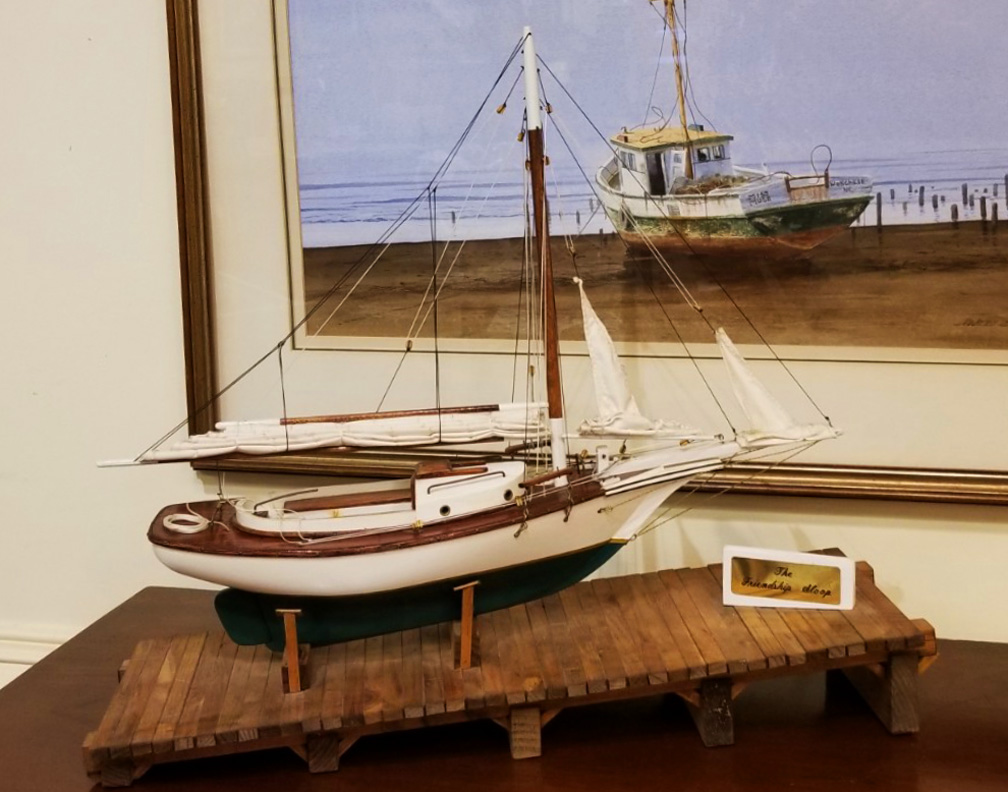
Echoing his comments, Julie Jacobs, co-founder of Land And Sea Collection, Palm City, Florida, said these objects are collected “for the implied romance and adventure of seafaring life. Often times, they are models that the particular buyer has had some experience with, so nostalgia plays a role as well.”
Models of 19th century British and American sailing ships are highly sought after, writes R. Michael Wall, gallery director of American Marine Model Gallery in Gloucester, Massachusetts, on his website. He usually recommends collectors envision their first model purchase as part of a larger collection so they can collect along a theme. “A ship model collection often grows from a particular area of interest to the collector, say, America’s Cup racing yachts, Napoleonic-era prisoner-of-war models, vessels of World War II, or models of boats indigenous to the coast of Maine,” he says.
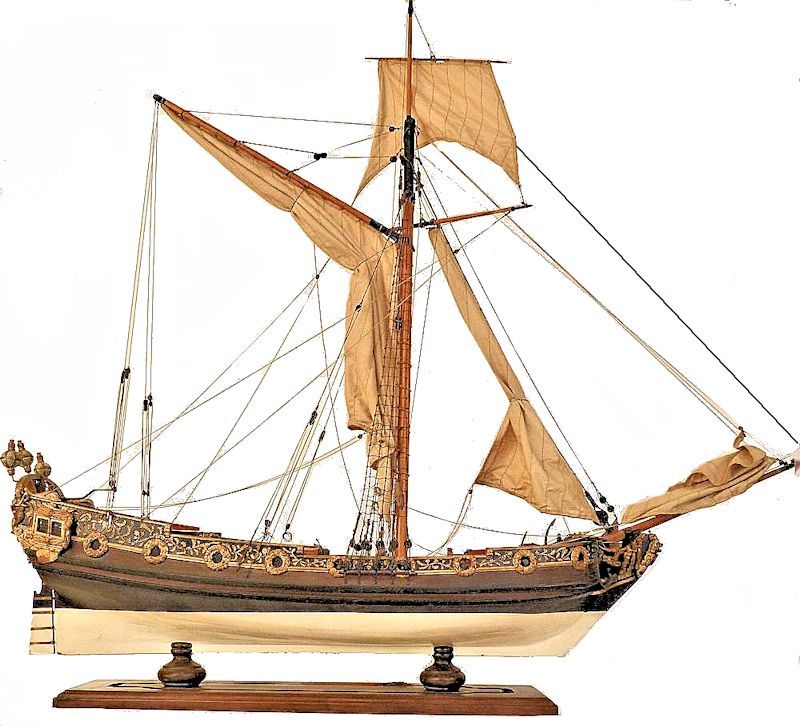
Generally, models were built from light woods, lightweight fabric and metal (for rigging and accents etc.). Some ornate models, including antique “prisoner-of-war” models, have been made from exotic materials like whalebone, making them highly collectible and expensive. The skilled model maker needed to be familiar with naval architecture and do their research on lifesize ships for accuracy’s sake. Builders handcrafting ship models would pay heed to overall craftsmanship quality, hull construction, paint and finishing surfaces (e.g., copper), and details such as metal rigging. The goal is to create a model that conveys the look of the ship it is replicating in as realistic a fashion as possible. Models were made to be aesthetically pleasing yet technically accurate.
One renowned model maker was Charles G. Davis (1870-1959), who began sailing at an early age and worked in the maritime industry. Upon retirement, he began making ship models, many of which are on view and held in the permanent collection at Mystic (Conn.) Seaport. His models have inspired many subsequent model makers.
Models made by Davis that are in the Seaport’s include the frigate Raleigh, a replica of the ship built by John Langdon, at Rodman’s Wharf, Portsmouth, New Hampshire. Other museums with strong maritime collections featuring ship models include the Peabody Essex Museum in Salem, Massachusetts, which has a model of the frigate USS Constitution, circa 1812, measuring 59 by 76 by 29 inches.
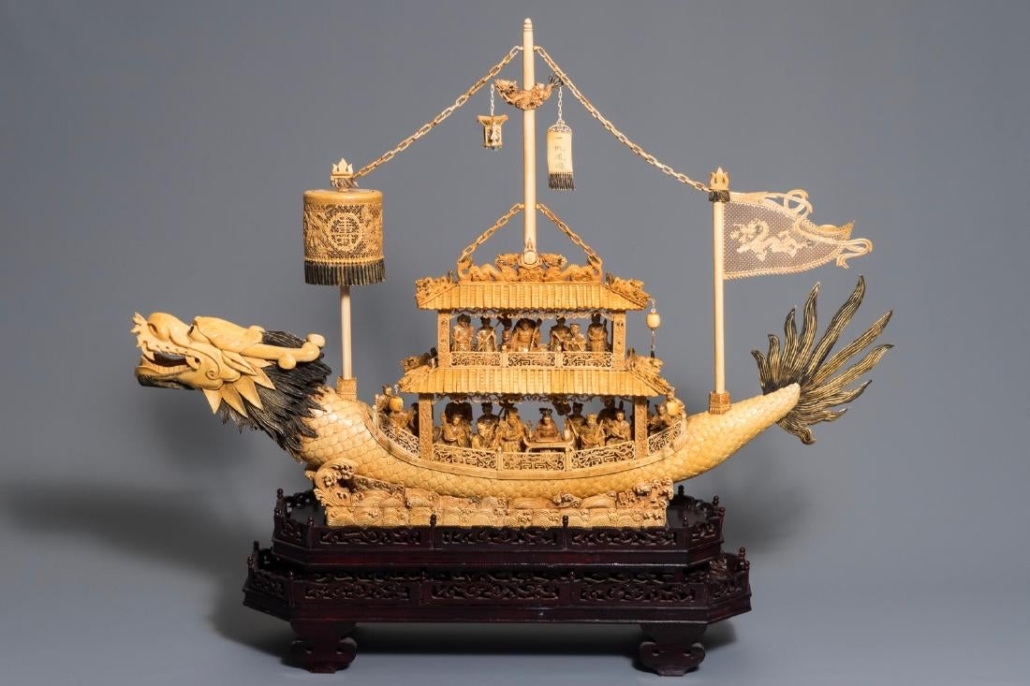
Another sought-after artist who made ship models was Donald McNarry (1921-2010), said to be the “master of extreme miniatures.” He made about 350 models based on historic ships from a variety of eras up through the late 1960s. “His styles of presentation included scenic, waterline, full-hull and the traditional Navy Board type – almost all of them constructed according to miniature scales ranging from 100 feet to one inch to 16 feet to one inch,” according to the The Old Salt Blog.
Among contemporary makers is Jim “Goose” Goodwin of Charlotte, North Carolina, who creates his ship models inside bottles. He spends countless hours researching and handcrafting sailing ships and making bottle dioramas to be historically accurate. Many of his models, from Atlantic sea vessels to 1812 ships, are on display in public and private collections.
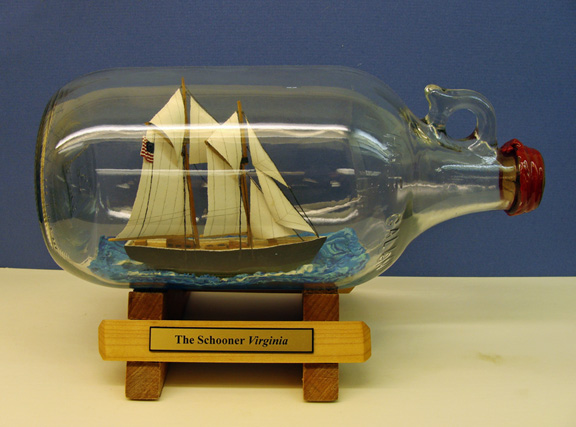
Whether displayed on a coffee table, shelf or in a glass case, a realistically crafted model boat can convey the romance of the high seas through the ability of its maker and imagination of its admirer.
# # #

